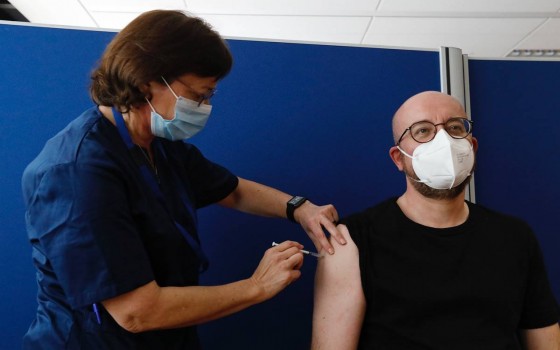
To reduce antibiotic contamination, WHO issues first-ever guidance on this issue

- Europe and Arabs
- Wednesday , 4 September 2024 7:36 AM GMT
New York: Europe and the Arabs
The World Health Organization has published its first-ever guidance on pollution from antibiotic manufacturing. The new guidance on wastewater and solid waste management in the context of antibiotic manufacturing aims to shed light on this important yet neglected challenge. According to the UN daily news bulletin, which we received a copy of on Wednesday morning, which added, "The new guidelines come ahead of the UN General Assembly's high-level meeting on antimicrobial resistance on 26 September.
The World Health Organization warns that the emergence and spread of antimicrobial resistance due to antibiotic contamination could undermine the effectiveness of antibiotics globally, including medicines produced at manufacturing sites responsible for contamination.
Despite the high levels of antibiotic contamination widely documented, this issue remains severely lacking in regulation and quality standards and usually does not address environmental emissions, according to the World Health Organization. In addition, once antibiotics are commercially distributed, consumers lack information on how to dispose of them if they are not used, for example when they expire or when the treatment course is completed without finishing the antibiotic doses.
In this regard, Dr. Yukiko Nakatani, Acting Assistant Director-General for Antimicrobial Resistance at the World Health Organization, said:
"Pharmaceutical waste resulting from the manufacture of antibiotics can facilitate the emergence of new drug-resistant bacteria, which It can spread globally and threaten our health. Combating contamination from antibiotic production helps keep these life-saving medicines effective for everyone.”
Information scarcity
According to WHO, there is a global lack of information on the environmental damage caused by the manufacture of medicines. The new guidance provides “an independent and impartial scientific basis for regulators, buyers, inspectors and manufacturers themselves to include robust controls to combat antibiotic contamination in their standards,” says Dr Maria Neira, Director of WHO’s Department of Environment, Climate Change and Health.
“Most importantly, a strong focus on transparency will provide buyers, investors and the public with the knowledge to make decisions that take into account manufacturers’ efforts to combat antibiotic contamination,” she adds.
Antimicrobial resistance occurs when bacteria, viruses, fungi and parasites stop responding to medicines, making diseases more severe and increasing the risk of spreading infections that are difficult to treat.
The misuse and overuse of antimicrobials are major causes of antimicrobial resistance, while at the same time, many people around the world are They cannot get essential antimicrobial medications.












No Comments Found